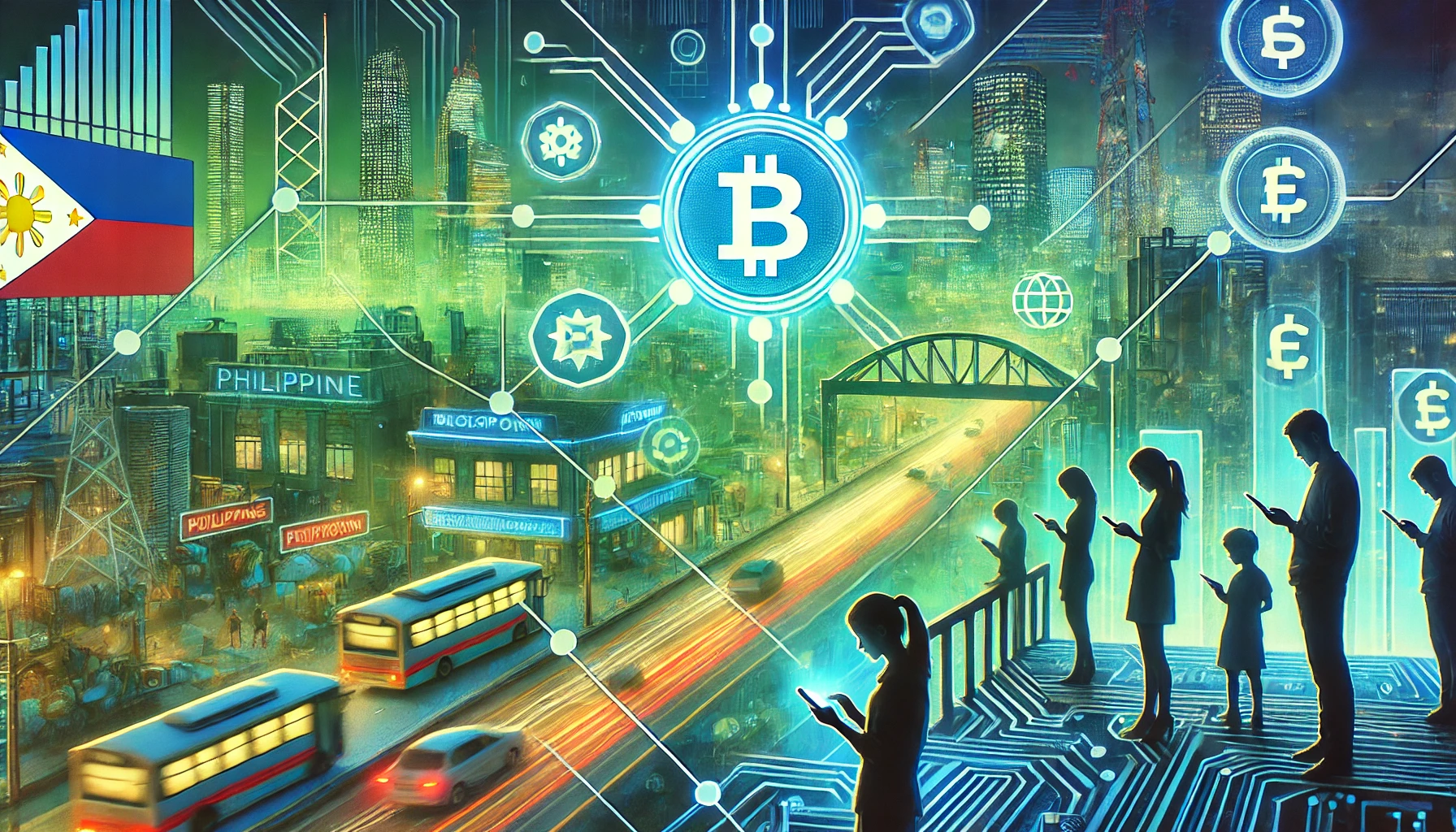In a groundbreaking effort to enhance financial inclusion and promote the adoption of blockchain technology, Celo Philippines DAO, in collaboration with Mento Labs, has launched a new decentralized stablecoin called $PUSO. This stablecoin is directly pegged to the Philippine Peso and operates on the Celo blockchain, a significant milestone in the Philippines’ journey toward more affordable, efficient remittance systems and lower transaction fees. The initiative reflects the growing interest in cryptocurrency and the potential of blockchain to transform financial systems, especially in developing nations.
$PUSO, named after the Filipino word for “heart,” represents a community-driven initiative. Its primary objective is to make decentralized finance (DeFi) technologies more accessible to Filipinos, particularly in the context of the country’s strong reliance on remittances. With a significant portion of the population working overseas and sending money back to family members, high transaction fees from traditional financial institutions have long posed a challenge. By offering an alternative that reduces costs and improves the efficiency of cross-border payments, $PUSO aims to provide real financial benefits to the Filipino population.
The Technology Behind $PUSO
Developed by Mento Labs and governed by the Celo Philippines DAO, $PUSO is fully integrated into Mento Labs’ digital asset platform. This integration ensures that users benefit from low-cost and secure transactions. One of the most important features of $PUSO is its ability to leverage the decentralized nature of blockchain, offering financial autonomy to its users. By utilizing Mento’s platform, $PUSO provides an alternative to centralized exchanges, significantly lowering fees for those who need to convert Philippine Pesos into other cryptocurrencies, such as Ethereum (ETH) or Bitcoin (BTC).
Additionally, the minting and burning mechanism of $PUSO ensures that the coin’s supply is dynamically adjusted based on user demand, allowing for the stablecoin to remain closely tied to the value of the Philippine Peso. This kind of adaptive supply mechanism is crucial to maintaining the coin’s stability, a core feature that ensures users can rely on it for everyday transactions.
Benefits of Using $PUSO for Remittances
The introduction of $PUSO addresses a critical issue faced by many Filipinos: the high cost of remittances. According to Chainalysis, nearly 10 million Filipinos hold cryptocurrency, yet the transaction fees for exchanging between the Philippine Peso and Ethereum average around 1.5%. This can significantly reduce the value of money sent by overseas workers. By allowing users to trade directly on a decentralized platform without needing pre-provided liquidity, $PUSO eliminates the need for costly middlemen, making cross-border transactions faster and more affordable.
Celo Philippines DAO’s decision to create a stablecoin aligned with the local currency is particularly important given the Philippines’ strong dependence on remittances. With over $30 billion sent home every year by Filipinos working abroad, any solution that can reduce transaction fees holds the potential to bring substantial financial relief to millions of people.
Empowering Local Businesses with Decentralized Payments
Beyond facilitating remittances, $PUSO has the potential to revolutionize how local businesses operate by providing them with a low-cost payment solution. The DAO is working on expanding the use cases for $PUSO, with plans to introduce the stablecoin as a form of payment in both local and international markets. Businesses that adopt $PUSO as a payment option can bypass the costly fees associated with traditional payment processors and benefit from quicker transactions.
By promoting the use of $PUSO among merchants, Celo Philippines DAO is helping to foster a decentralized economy, where individuals and businesses can interact financially without the need for centralized financial institutions. This could lead to a more inclusive financial system, where even those without traditional bank accounts can participate fully in the economy through blockchain technology.
The Rise of Blockchain in the Philippines
The Philippines has emerged as one of the key players in the adoption of blockchain technology, driven by the country’s tech-savvy population and high demand for remittance services. According to a report by Chainalysis, cryptocurrency trading volume in the Philippines exceeded $80 billion in 2023, making the country one of the largest markets for cryptocurrency adoption globally.
The launch of $PUSO aims to build on this momentum, providing a more accessible entry point for Filipinos to interact with the world of decentralized finance. By creating a stablecoin that is pegged to the local currency, Celo Philippines DAO is helping bridge the gap between traditional financial systems and blockchain technology, allowing Filipinos to seamlessly transition to web3 technologies.
Future Prospects and Expanding the Utility of $PUSO
As $PUSO gains traction in the Philippines, the potential for the stablecoin to be adopted in other developing nations becomes increasingly viable. Countries with similar remittance-driven economies could use the $PUSO model to create their own stablecoins, driving financial inclusion in regions that rely heavily on cross-border payments. The introduction of decentralized stablecoins offers a new way to empower individuals by providing them with more control over their finances.
Celo Philippines DAO is already looking toward the future, with plans to expand the use of $PUSO beyond remittances and crypto trading. Efforts are underway to integrate the stablecoin with local and international exchanges, enabling users to easily convert $PUSO into other major cryptocurrencies, including $USDT and $USDC. As the ecosystem around $PUSO continues to grow, more use cases will emerge, particularly in merchant adoption and decentralized applications (dApps).
The success of $PUSO will depend on several factors, including the rate of adoption by both individuals and businesses. However, the potential for a community-led stablecoin to revolutionize how people manage their finances is significant. If $PUSO can achieve widespread adoption, it could set a precedent for other blockchain-based financial solutions to emerge in the Philippines and beyond.
Conclusion
The launch of $PUSO by Celo Philippines DAO represents a bold step forward in the quest for financial inclusion and blockchain adoption in the Philippines. By offering a stable, decentralized alternative to traditional financial institutions, $PUSO is poised to lower transaction fees, streamline remittances, and empower local businesses. The community-driven nature of the project ensures that it will continue to evolve based on the needs of its users, making it a truly innovative solution for the future of decentralized finance in the Philippines.
The long-term success of $PUSO could serve as a model for other countries looking to leverage blockchain to improve financial inclusion. With the rapid growth of the cryptocurrency market in the Philippines, $PUSO stands as a symbol of how decentralized technology can bring meaningful change to people’s financial lives.



